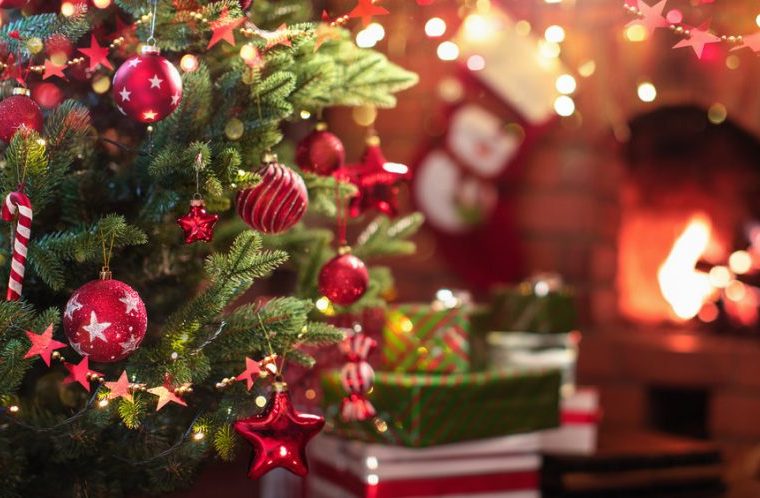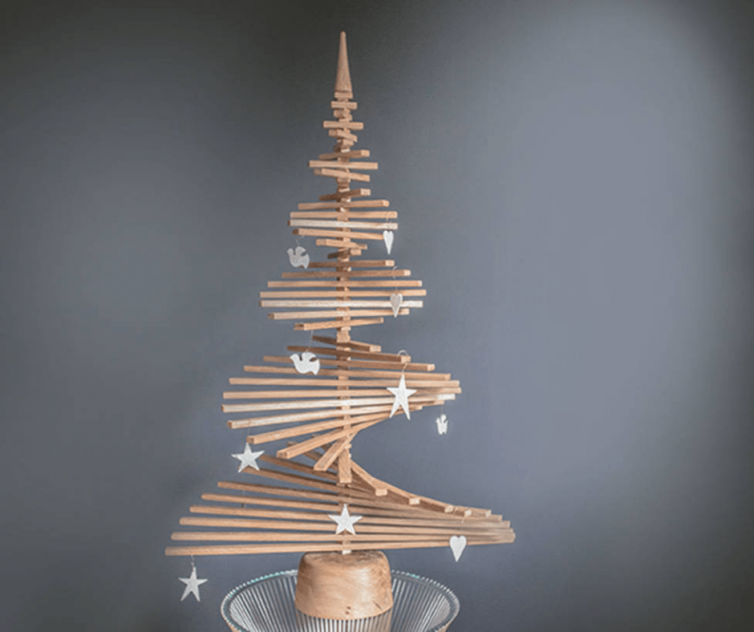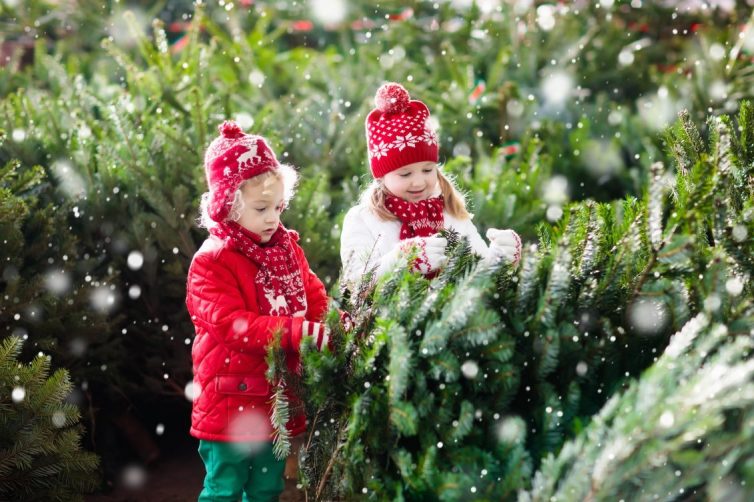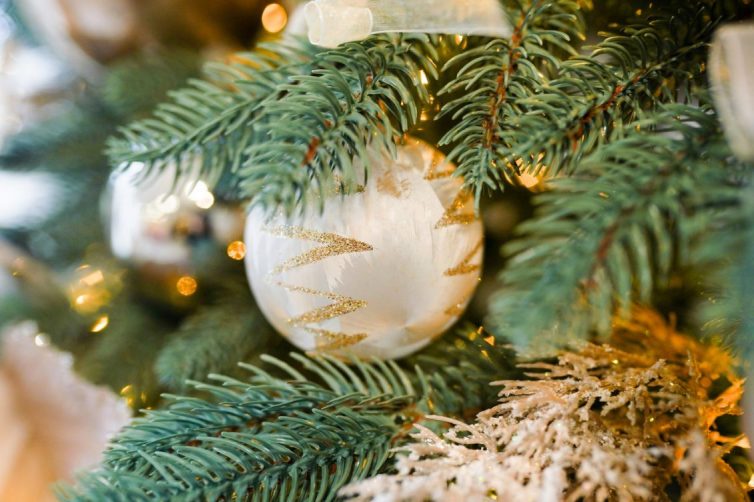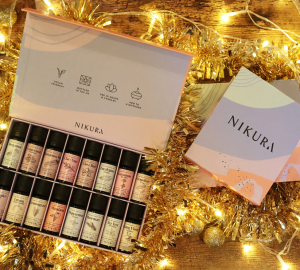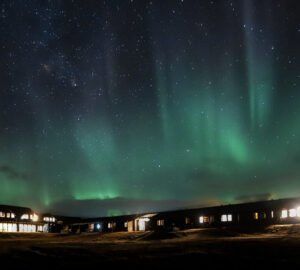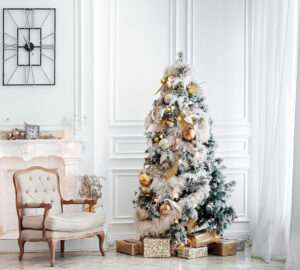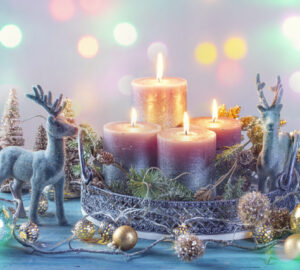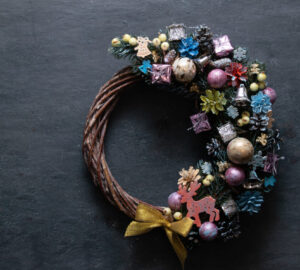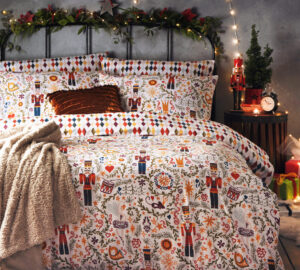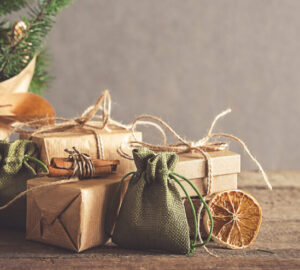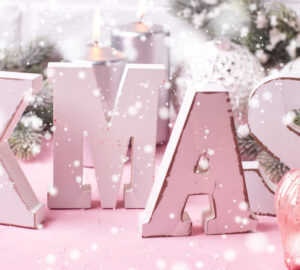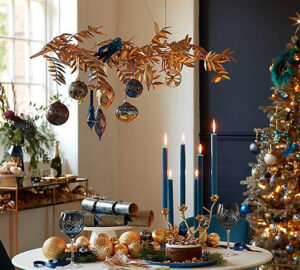It’s time to deck the halls, for ‘tis the season to be jolly! And of course, no holiday would be the same without the creme de la creme of Christmas decorations.
As millions of Brits are heading to the attic to dig out the Christmas tree and scramble through the plethora of unique Christmas decorations accumulated over the years, or to the shop to buy a new ones, just as many are planning their trip to the garden centre or Christmas tree farm to buy a real one.
But, what’s better? As with anything, there is a fairly distinct divide, with both parties extolling the virtues of their own choice. However, once you decide on whether to go real or artificial, you don’t have to stick with that decision for life.
There are, of course, further alternatives, like this oak Christmas tree, available in six sizes ranging between one and six feet tall. But, assuming you want to maintain an element of tradition with some kind of fir tree, we take a look at the pros and cons of real vs fake.
Authenticity
For more than 300 years, the Christmas tree has been a symbol of the festive period; not only are they things of beauty, but they remind us of hope, strength and new life. Of course, for ultimate authenticity, it’s got to be real: the smell, the touch, the look; even the most realistic fake tree can’t match up to a real one.
We suppose, if push came to shove, you could invest in an exceptionally realistic fake tree and some pine scented candle…..
Real: 10/10 Fake: 8/10 (if it’s a top notch one)
Mess & Maintenance
Ah, the trump card of fakers: the mess. It is true that, traditionally, people who bought traditional pine trees for Christmas could be guaranteed to find the odd pesky needle up until the next Christmas. However, there are now plenty of varieties to choose from and, although they may be more expensive, they don’t drop nearly as much.
If cared for properly, you may even go until Epiphany without dropping as much as a needle. That said, real trees still need more care and attention than their zero-maintenance fake counterparts, although they do require a certain amount of fluffing and rearranging to avoid the drowned rat look.
Real: 8/10 (if it’s a good one) Fake: 9/10
Cost
As with anything, you get what you pay for. You can pick up a cheap real or fake Christmas tree from a supermarket for not very much money, or you can buy a high-quality, realistic Christmas tree, which is likely to cost around £350 for a 6-foot tree. A 6-foot non-dropper from a tree farm, meanwhile, will cost you around £35-£60; the average is £6-£10 per foot. Even if you keep your fake tree for ten years, it will still cost more than buying a new one each year.
Real: 9/10 Fake: 6/10 (based on a high quality one)
Carbon footprint
Here’s the controversial bit. Some fakers cite being green as their reason for sticking with their fake tree year on year, while real tree lovers argue that, in their lifespan, Christmas trees produce enough oxygen to justify their short existence and fake trees are virtually impossible to recycle, so go straight to landfill, where they will remain for millennia.
It looked like a stalemate until the Carbon Trust stepped in. According to them, a real tree has half the carbon footprint of a fake one. So, if you have a fake one and keep it for two years it has the same impact on the environment as two real ones. However, if you burn your real tree once you are done with it, an artificial tree is a whopping ten times worse. So, if you are getting a fake tree, you need to make sure that you keep it for more than ten years.
Real tree: 10/10 Fake tree: 5/10 (based on lasting five years)
There are other things to consider, such as accessibility to a good real tree, your space and pine tree allergies. However, all things considered, a real tree scores a respectable 37/40 while a reasonable fake scores a less impressive 28/40.
Whether you choose real or fake, the important thing to consider is provenance. Try to buy local, try to buy the best quality you can afford, and your Christmas tree will be just perfect.
